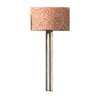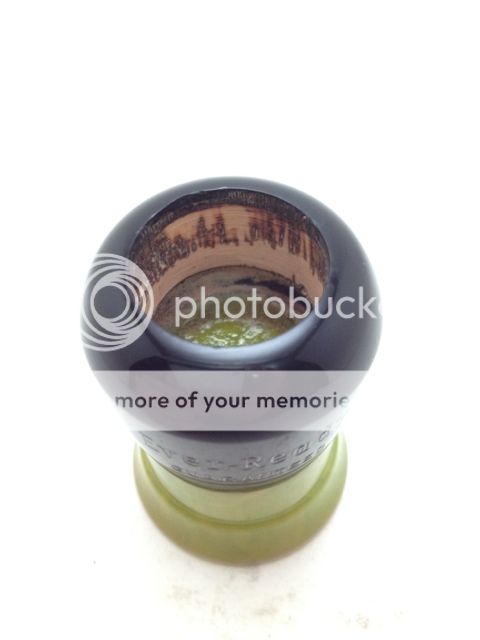Greetings Everyone! This is a photo journal of my first adventure in the world of brush restores. I had been keeping an eye out for a worthy candidate a few months ago when I first started browsing antique shops/flea markets for old wetshaving gear. I had not come across anything worthwhile until a couple weeks ago when I found this black and butterscotch Ever Ready 200 at a local shop.


Chopped off as much excess bristle as possible and then put it away until I had a chance to grab my Dremel out of storage this past weekend. Rather than hold the brush in my hands and try to drill the knot out (temporarily living in an apartment, so all my garage tools are packed up) I decided to just use a pair of pliers I had sitting in the junk drawer to pull the hair out.
Started off pretty slow:

But once I got a few big clumps in the middle out, the rest came out relatively easily after that. Plus using the pliers ment no stray damage to the handle or accidentally punching through the bottom.



Chopped off as much excess bristle as possible and then put it away until I had a chance to grab my Dremel out of storage this past weekend. Rather than hold the brush in my hands and try to drill the knot out (temporarily living in an apartment, so all my garage tools are packed up) I decided to just use a pair of pliers I had sitting in the junk drawer to pull the hair out.
Started off pretty slow:

But once I got a few big clumps in the middle out, the rest came out relatively easily after that. Plus using the pliers ment no stray damage to the handle or accidentally punching through the bottom.






 I SOOOO want to try this!
I SOOOO want to try this!  Oh boy, another addiction in the making!
Oh boy, another addiction in the making! 


